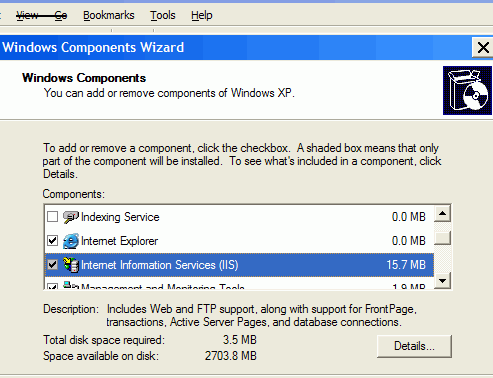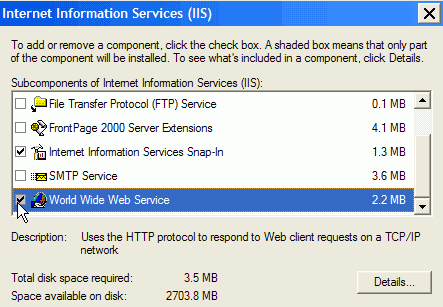Do you have to register a domain to have a
website?
No. The advantage of paying for a domain name is that
you get to choose an easy and memorable word that people can type into their browsers to reach your website. Otherwise there are many
free services that will cheerfully provide you with one of a limited set
of domain names, and you can even just use your IP address as the
way to contact your website (though this will not work if you have a dynamic IP
connection, more on that below). We'll go into these services in more detail later in
the article.
Static IP versus dynamic IP
If you want to host a website, you need to know whether your ISP assigns your PC a static (rarely changing) or
dynamic IP address. Many cable-based ISPs provide static addresses, while
most DSL providers use dynamic IP addresses which change every time
your computer connects to the internet. There are exceptions to both of these
rules though, so the best way is to contact your provider and ask.
Alternately, you can monitor your IP address over the course of a couple of days
of normal use (including connecting and disconnecting from the Internet if you
are using DSL) to see if it changes.
A static IP address is very easy to host a website with, while dynamic
addresses introduce a few more complexities. It's quite possible to do it
either way though, so don't worry.
As above, to check your Internet IP address, sit at the computer your DSL or
cable modem is connected to and go to 'start\run' and type 'cmd' to bring up the
command prompt, then type 'ipconfig'.
If you use a router or Internet sharing device, go to the status menu to check it's current IP address. Make
note of this IP number.
Part 2: Hosting a Website andInstalling IIS
Now let's get down to business. To host a website on
your home PC, you will need to have Microsoft's IIS (Internet Information
Server) installed on a Windows XP Professional or Windows NT/2000 system. There
are other hosting programs out there, like Apache, but that is beyond
the scope of this guide.
The first order of business is to make sure you have IIS
installed. Go to 'control panel\add or remove programs'. Next, click the 'add/remove
Windows components' button on the left.

From the new window, scroll down until you find
'Internet Information Services (IIS)'. Check this entry if necessary, then Double click it. If it
is already checked this means IIS is installed on the computer.

Scroll to the bottom and ensure that the World Wide Web service is checked.
Uncheck the SMTP and FTP service for now. Click OK, then OK again.
If IIS was not previously installed, you will need to insert the original
Windows Installation CD to install it now.

